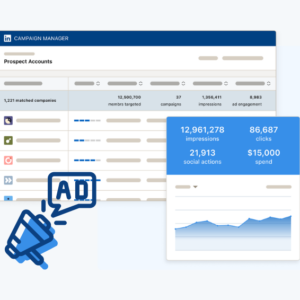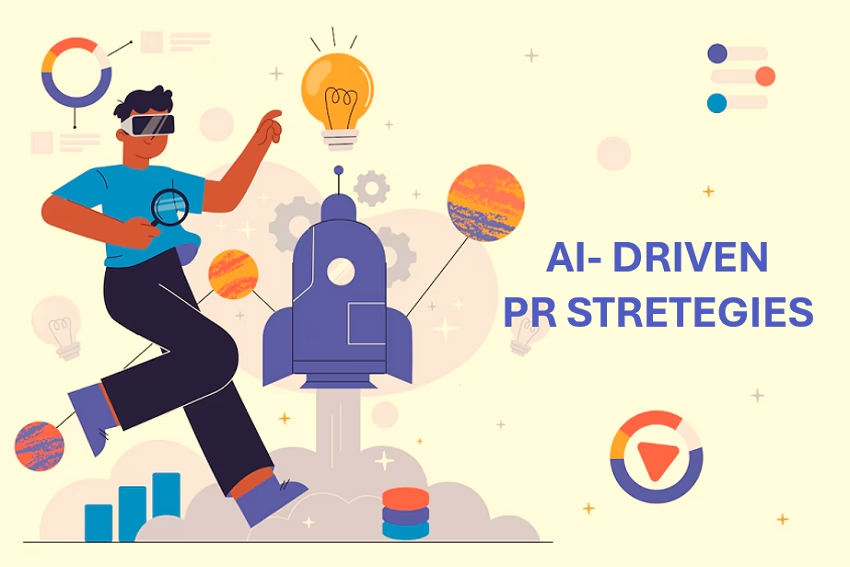New drivers are either too timid or overconfident, which puts them in situations that seasoned drivers easily avoid. Still, every seasoned driver was once a beginner and their initial experiences were just as terrifying. With that in mind and without further ado, how does one overcome this first step and improve their driving skills in the quickest, safest fashion?
This takes a couple of things really. First of all, you need to get to know your vehicle and adjust it to your own needs. With all the driving gadgets out there, you can completely transform the functionality of your vehicle with just a couple of new additions. Then, there’s being able to identify the danger which comes after months and years of driving.
We’ve composed a brief list in order to help you take the first step (or lap) on this journey of a thousand miles. Let’s check out tips to improve your driving skills as beginner.
Set up the vehicle
The first thing you need to do is set up your vehicle properly before you start driving. As soon as you sit, you need to put your seatbelt on, check your mirrors, and adjust your seat. This may sound like something trivial but it’s actually quite important for your overall driving experience.
You see, the majority of people drive by the feel, which is why the distance of your seat may affect the position of your foot on the pedal. This way, you may push too hard or too soft in a situation that requires a specific pressure. The position of the seat may also cause physical discomfort which will make it more difficult for you to focus on the road. As a result, you will be more likely to make a mistake.
Also, failing to adjust mirrors will cause you to have blind spots that you aren’t used to having. Sure, you can always readjust them while driving but this is neither efficient nor safe.
The truth is that it takes you just 1-2 minutes to make all of these checks and adjustments before starting your vehicle. Moreover, this is not something that you will be expected to do every single time. Unless someone else drives your car in the meantime, the settings will remain. Still, it’s always good to just check. After all, you always have a couple of minutes to spare.
Upgrade your vehicle
Technology is a friend and anyone who claims otherwise simply doesn’t use it in the right way. For a new driver, a device as simple as GPS can provide important peace of mind. They no longer have to worry about getting lost, which results in them focusing more on the mechanics of driving and minimizes the likelihood that they’ll make a mistake.
Now, there are some other gadgets that can seriously help you improve as a beginner driver. A rearview camera is more effective than a rearview mirror, especially for a new driver who is yet to develop the sense of an area they take up on the road.
Parking sensors are just as important. You see, finding parking space in an urban environment is one of the biggest challenges that you will face. Even though desperate, you might give up on so many great parking spots simply because you don’t believe you can fit. With parking sensors, you’ll gain more confidence and minimize the chance that you will actually bump into someone.
The list goes on and on. For instance, Russian drivers would never sit behind the wheel of a car without a dashboard camera. This is a necessary safety measure and a way to avoid becoming a victim of a potential insurance scam. Sure, this might not affect your driving skills directly but it does create two subconscious effects that you cannot dismiss:
- You will feel the obligation to drive safer knowing full-well that it’s all recorded.
- You won’t worry that much about the mistakes of others and their legal consequences for you. Driving under stress is never a good idea.
Overall, every single one of these gadgets is made to make your driving simpler and safer.
Stay safe
Safety comes first but for some, safety is just an abstract term. After all, what does it mean to stay safe and are there really people out there who deliberately put themselves in danger? Well, there are a couple of habits that you should adopt in order to make your driving even safer.
First of all, you need to avoid tailgating and learn how to keep your distance. This gives you a chance to react if the vehicle ahead or behind you do anything rash and unexpected. The recommended distance is roughly one and a half-length of your own vehicle. This way, you will have enough space for evasive maneuvers, braking, and spotting danger from afar.
Second, you need to understand that being slow is not necessarily the safest course of action. If the driver in front of you seems suspicious, the safest thing you can do is just take them over and distance yourself from them before they do something unfortunate.
Third, you need to learn how to adjust the speed of your vehicle to road conditions. When it’s wet, freezing or snowy, you need to slow down a bit. You see, even if it seems like a minor inconvenience, there’s this phenomenon known as hydroplaning. This means that a thin layer of moisture has formed between the road and your vehicle, which further implies that you no longer have the same level of control over the vehicle. Being aware of this fact and adjusting your speed is already a way to make these things easier.
Learn how to park
Parallel parking is really not that difficult, yet, people who lack this skill treat it like it’s rocket science.
- First, you need to position your car (2-3 feet from the side of a parked car). Once you position the vehicle you need to check your rearview mirrors.
- Then, you need to begin reversing your vehicle alongside the parked car and turn your steering wheel right. Once your car is in the parallel parking spot, you need to start straightening the wheel and continue moving backward.
- From here, you just need to slightly adjust your position. Do this in slight forwards and backward moves, there’s really no need to push it.
Keep in mind to look in rearview mirrors, as well as in front of you, all the time. You don’t want to take any chances.
Other than this, you also have perpendicular parking, angled parking and double parking. Keep in mind that while each of them may seem scary, like with parallel parking, there’s usually a simple short guide that can break it down so that you never make a mistake again. These can often be found on YouTube and you can use them to visualize all of the above-listed.
Also, a couple of tips to keep in mind:
- Look for the passing traffic before you walk out of the vehicle (if parallel parking).
- Think about the parking space (how will you park out or even exit the vehicle).
- Pay for your parking fees (new drivers are often overwhelmed by the parking itself).
Overall, the entire subject matter is fairly simple and straightforward.
Focus
Most of the time, if you could just focus on the road ahead, you would perform so much better. You see, it is in our nature to zone out. Now, this is not as unsafe as it may sound. You see, memory is triggered by novelty, which means that if you see something new or interesting, you’ll immediately snap back. Until then, you are driving on autopilot.
So, what makes you zone out?
Being tired and/or bored is one of the factors that will affect this. This is why it’s so important that you have a good soundtrack (not too distracting) and that you have a good night’s sleep before going on a trip.
Keep in mind that overconfidence is a slow and insidious killer. Just because you’ve driven a route 100 times, this doesn’t mean that nothing can surprise you there. In fact, people pay more attention once they find themselves in terra incognita.
You need to keep your eyes on the road at all times. Just because you’re talking to a person in the passenger seat, this doesn’t mean that you need to make eye contact or use your hands for nonverbal communication. Just stay focused on the road and never, ever, lose it from the site. If you need to make some adjustments to your car, just pull over and do it.
In conclusion
Your first few months as a driver are key and need to improve driving skills as a beginner. During this period, you’re still tabula rasa, which means that every good and bad habit can be etched in your brain with ease. If you start slacking, cutting corners and behaving recklessly, chances are that this form of risky behavior will only get worse with time. However, starting on the right foot is also a possibility and an opportunity that you shouldn’t pass out on.






